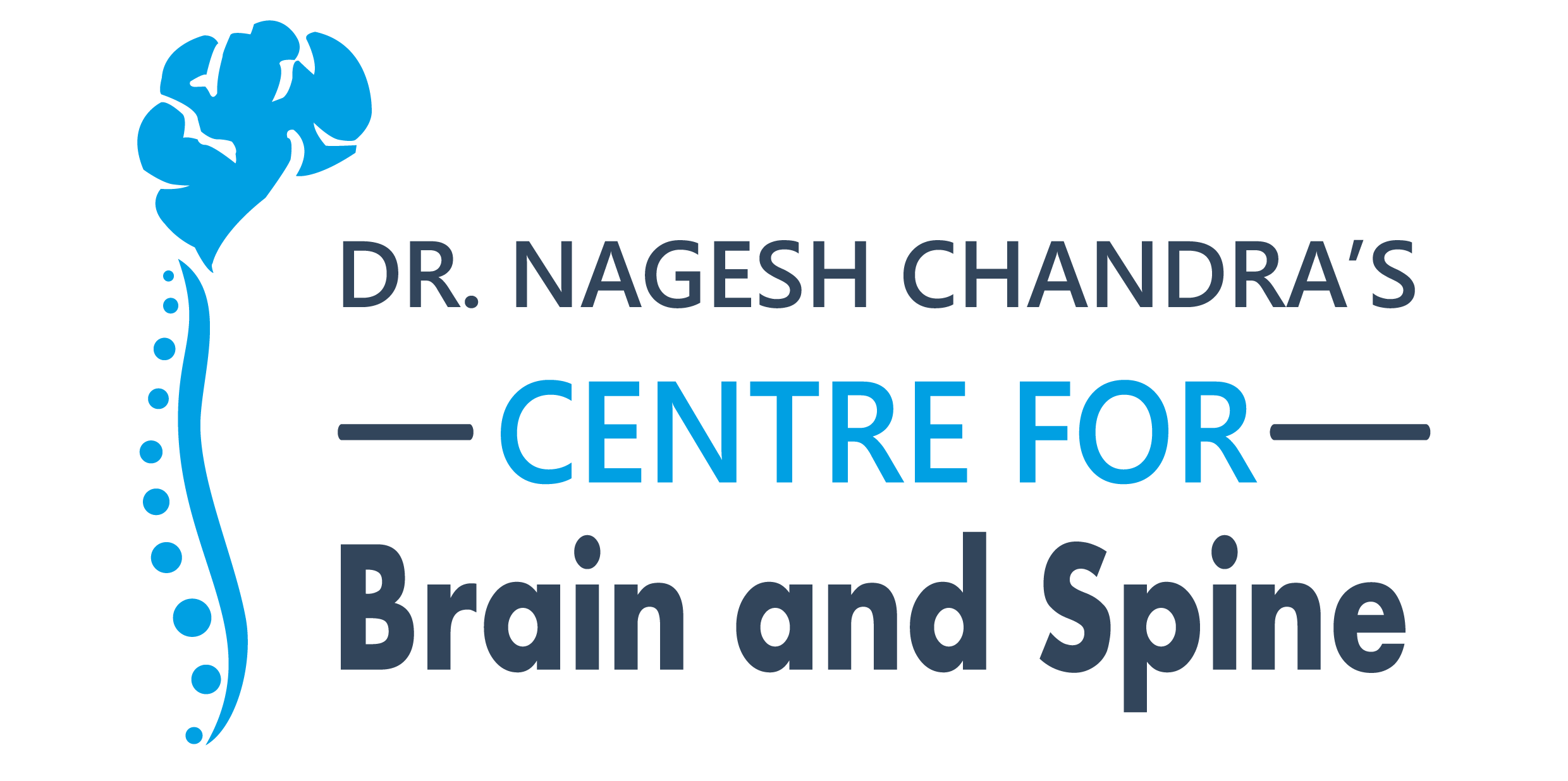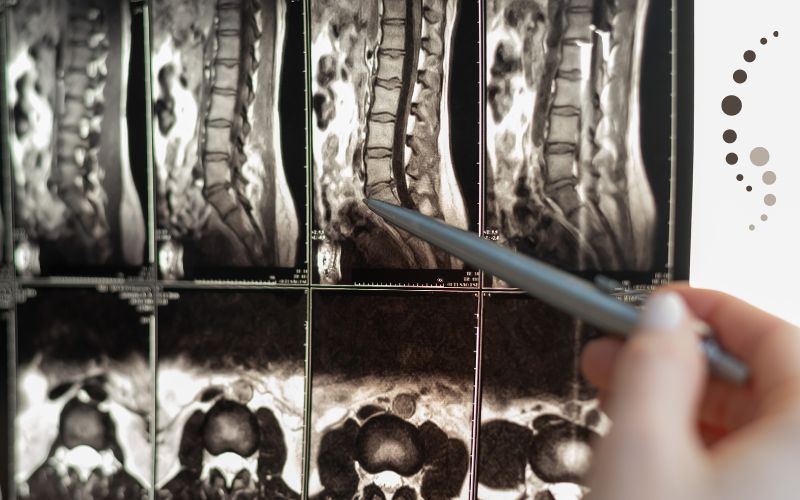Spine decompression surgery is a medical procedure to relieve the pressure on the spinal cord or the nerves in the spine, which causes neck or radiating limb pain. Multiple reasons, such as thickened ligaments, bone spurs, or herniated discs, can cause nerve pressure. The surgery is a simple procedure that involves removing parts of tissue or bone and compressing the nerves. This process helps heal the numbness, inflation, and pain in the back, legs, arms, and neck.
Signs or Causes that you need Spine Decompression
The symptoms or the early signs that can lead to spine decompression are listed below.
- Constant Pain in arms and legs: If the nerves in the lower back are damaged, it causes pain in the legs and arms. This condition is called radiculopathy and is caused by bone spurs and herniated discs.
- Reduced Mobility: Chronic back, arm, and leg pain reduces mobility and limits you from doing day-to-day activities. In this case, you must consult a neurosurgeon in Delhi.
- Experiencing weakness and numbness in the legs: Spinal Stenosis, or a condition where the spin becomes narrow, results in numbness or weakness in the legs. Disc herniation, tumors, or infection in the spine also cause this.
- Spinal Deformity: Scoliosis is common in adults and causes wear and tear to the spine due to ageing or previous injury, resulting in spinal deformity. If the symptoms worsen, it is advised to visit a healthcare professional.
Conditions treated by Spine Decompression Surgery
Spine injuries or wear and tear of the spine causes pain. This can be because of ageing, past injury, infection, tumors, etc. The different conditions that the spine decompression surgery can cure are:
- Degenerative discs: A condition when the cushions between the vertebrae start to wear out.
- Bulging discs: When the cushion between the vertebrae bulges out.
- Pinched Nerves: When the nerves are damaged or compressed, causing numbness and weakness.
- Spinal Stenosis: A condition when spines are narrowing, particularly due to bone spurs.
- Sciatica: When there is any compression or damage in the Sciatic Nerve.
Types of Spinal Decompression Surgery
If you are experiencing discomfort or any of the above-mentioned symptoms, you must consult a spine surgeon in Delhi who will suggest the type of spine decompression surgery required.
Some common types of spine decompression surgery are discussed below.
- Laminoplasty
Laminoplasty is required if you are experiencing compression or numbness in the cervical spine area. The procedure involves cutting the cervical vertebrae to allow expansion of the spinal canal, which causes relief from the compression of the nerves.
- Laminotomy
The bony spur at the back of the vertebrae is called the lamina, which keeps the spinal canal in shape. The outgrowth of the bone decreases the opening of the spinal. In this surgical procedure, the surgeon removes the entire lamina or cuts open space for the spinal canal, which treats the bony spur formed.
- Discectomy
Sometimes, nerve compression is caused by the wear and tear of the circular discs between the vertebrae. This is mainly caused because of ageing or past trauma from injuries. During Discectomy, the surgeon removes a part of the damaged disc or small pieces from the disc that heal the compressing nerves.
- Foraminotomy
Nerve roots pass through an opening in the vertebrae known as the foramen. A foraminotomy is a surgical procedure that removes some bone from the edge of the foramen to make more space for the nerves. If an intervertebral disc presses against the nerve root, then a portion of it may be removed during this procedure.
- Spinal Fusion
This complex procedure removes one or more discs from the vertebrae. A spinal fusion surgery stabilizes the spinal canal with the help of bone grafts and spinal hardware. You should consult your healthcare professional before opting for this surgery.
Diagnosis Process Before the Spine Surgery Decompression
The spine surgeon in Delhi conducts various tests before the surgery in order to understand the patient’s condition and then provide treatments according to it.
The tests that are performed before conducting a spine surgery decompression are as follows:
- Scanning the bones to determine the fracture, injury or infections in the bone. Bone scan tests are performed to know the source of the pain
- Discography is the process where the healthcare professionals injects a dye into the damaged or affected area. Then a computed photography test is performed to scan the damaged discs.
- Electromyography may be used by some professionals to deduct the electrical activity in the nerves and muscles. These tests help to diagnose the functions of the nerves.
Precautions after the Spine Decompression Surgery
After the Surgery it is important to take certain measures to completely heal the spinal canal and ensure proper recovery.
Some preventative measures are:
- Take physical therapy and strength training sessions to provide strength to the back and legs in order to improve functional ability.
- Wear a back belt to support your spine after your surgery. It helps to recover the nerves and heal completely.
- Post-surgery you must avoid doing heavy exercises, lifting or bending to heal the spinal nerve. You can gradually increase these activities once you have recovered properly.
- Maintain a healthy and balanced diet to get maximum benefit from your surgery and heal completely.
If you are experiencing acute pain in your lower back or neck, then it may be a sign that your nerves are damaged or compressed. You must visit Dr Nagesh Chandra, a renowned spine doctor in Dwarka. The tailored treatments and comprehensive care offered at Brain and Spine makes it stand out.
If you want to consult about your present condition, type of surgery you need or, want to know the Spine decompression Surgery cost in Delhi then you must visit or call at the Centre for Brain and Spine.

